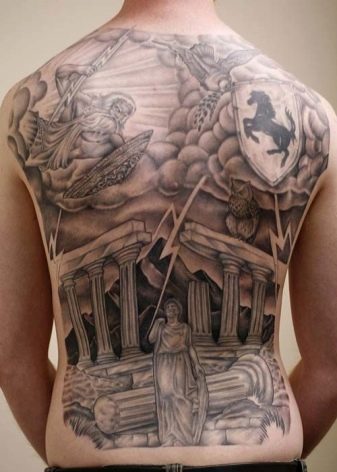All about Roman tattoos
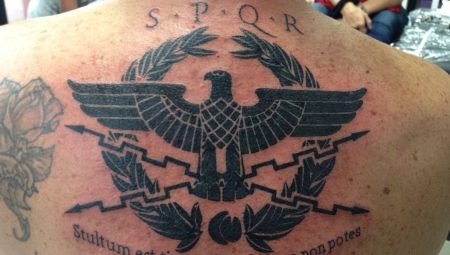
For many centuries, ancient culture has inspired creative people to create paintings, sculptures, stories and films. Among all the styles, the ancient Roman direction, filled with unusual architecture, history and myths, stands out. The ancient culture found a lot of fans among tattoo lovers who put the plots of Roman legends on their skin.
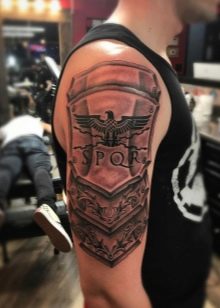
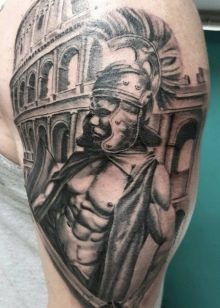
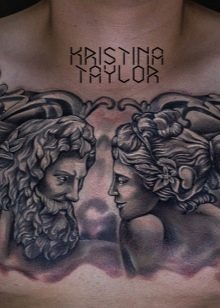
Peculiarities
Ancient Rome took over the tradition of tattooing from Greece, and initially body drawings had a completely different purpose. Initially, ink was injected under the skin of the slaves, creating the initials of their masters. Such a system helped to track down fugitive slaves and quickly return them to their owner. Also, tattoos were applied to guilty nobles as a humiliating stigma, reminiscent of a shameful act.
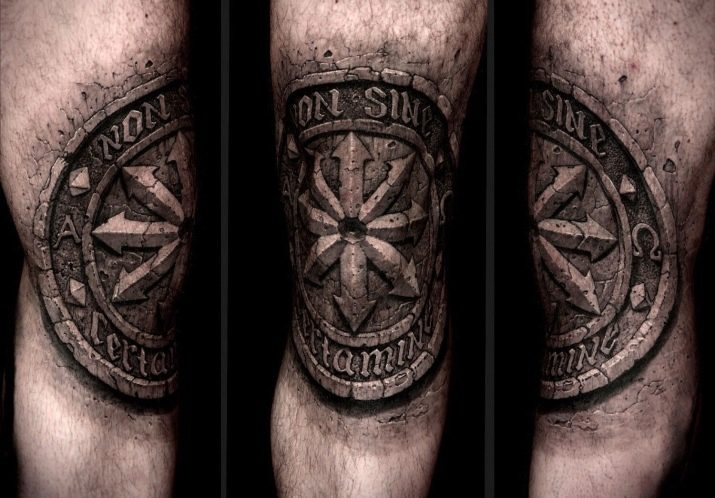
Over time, drawings on the body began to appear in the Roman army - each legionnaire was stuffed with a tattoo with the number of the legion and a short abbreviation indicating his status. Gradually, the military employees began to decorate themselves with new drawings as they conquered new lands. Wearable drawings were found among such inhabitants of ancient Rome as gladiators, because they were escaped slaves or deserters. The conquest of neighboring lands led to the mixing of cultures and religions, gradually the Romans began to accept Christianity.
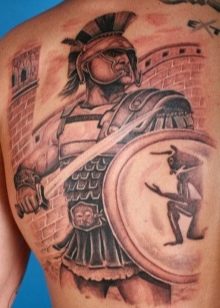
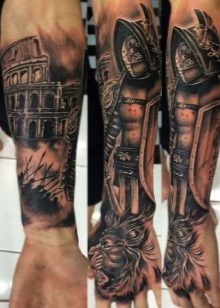
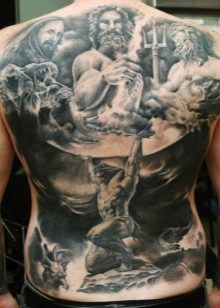
At this point, many legionnaires and gladiators began to decorate their bodies with crucifix tattoos. Gradually, tattoos ceased to carry a derogatory meaning and became a part of everyday life.
Modern Roman tattoos are a universal way to tell about your knowledge, rich inner world and character. The inhabitants of the ancient city are depicted in history as conquerors of the world, who easily conquered barbarians and caught criminals.In Rome, individual freedom was honored and spiritual enlightenment and wisdom were considered the main value of a person. When tattoo lovers choose a sketch in the Roman style, they try to adopt some of the characteristics of the ancient people.
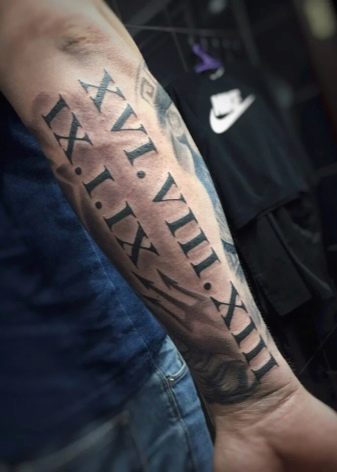

Popular plots and sketch options
Thanks to the films, many people have a rough idea of what the ancient Romans looked like, but this is not enough for tattooing with a Roman theme. Before typing a sketch that depicts a brutal legionnaire, the future owner of a body design needs to familiarize himself with its meaning and philosophical meaning. We propose to consider the popular plots of tattoos in the Roman style and their interpretation.
- Roman numerals. Many people are familiar with ancient Roman numerals through the school curriculum. Each number has its own sacred meaning. Many people put commemorative dates on their bodies using Roman numerals.
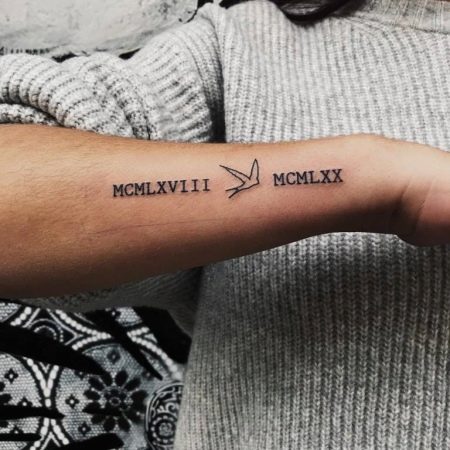
- Phrases in Latin. A large number of Roman aphorisms, which are often stuffed by tattoo lovers, have survived to this day. The most popular are the Latin phrases Veni vidi vici (“I came, I saw, I conquered”), Contra spem spero (“I hope without hope”) and Divide et impera (“Divide and conquer”). Latin aphorisms have a deep philosophical meaning that the carriers ponder throughout their lives, so such tattoos do not get boring.
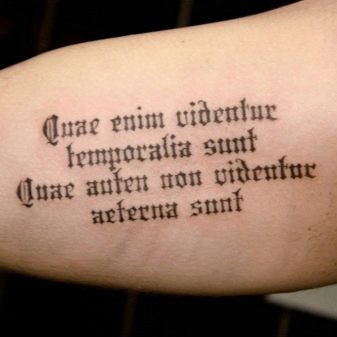
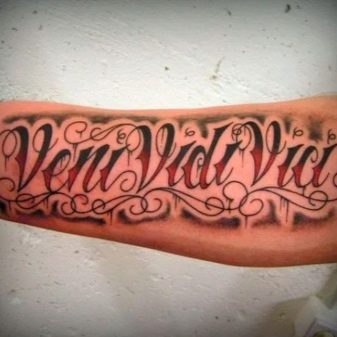
- Laurel wreath. Many probably know the ancient Roman politician Gaius Julius Caesar, who has the notorious laurel wreath on his head in all the illustrations. A tattoo in the style of minimalism, which depicts this attribute, symbolizes victory over life's difficulties or triumph over the enemy.
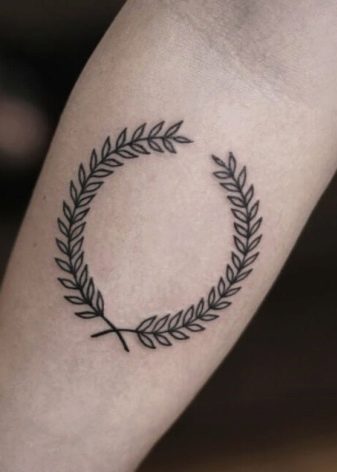
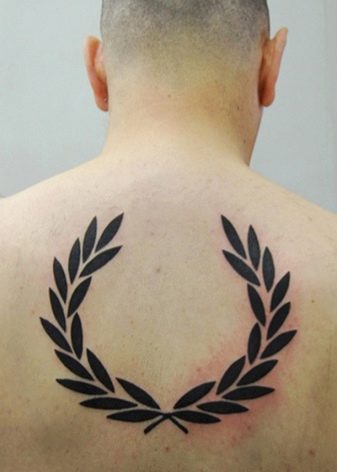
- Legionary. The sketch with a fearless Roman warrior has a bright positive color and symbolizes the masculine principle. The Legionnaire is a strong, brave, loyal and unyielding Roman, willing to give his life for the empire. The illustration with the Roman protector helps the wearer to overcome difficulties, endows with an unbreakable will to win and inspires to do the right thing.
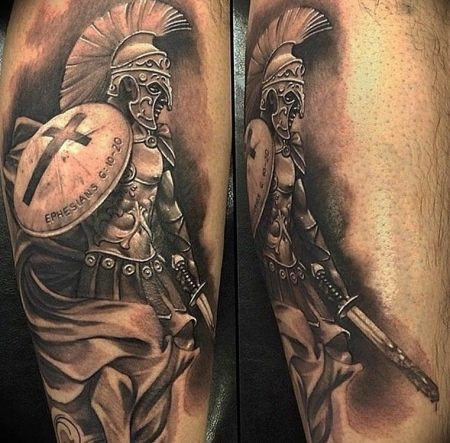
- Helmet of a Roman soldier. The legionnaire's headdress is a sign of a person hardened by a difficult life. A tattoo with a helmet suggests that the wearer lived in difficult conditions in the past and was able to escape from them thanks to resilience, determination and determination.

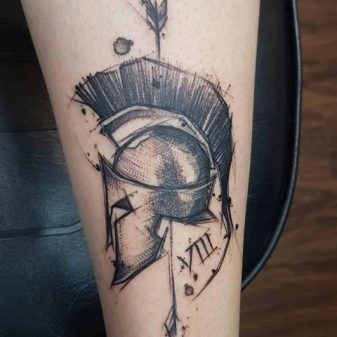
- God Mars. In ancient Roman mythology, the god Mars is the founder of Rome and the patron saint of legionnaires. One of the planets of the solar system (Mars) and one of the months of the year (March) are named after the god of war. The Roman god Mars was also the god of fertility and patronized the farmers. A tattoo with such a strong deity becomes a powerful talisman for the wearer, helping in future achievements.

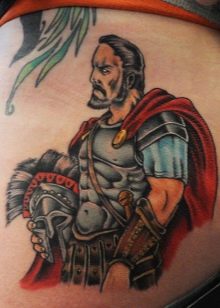
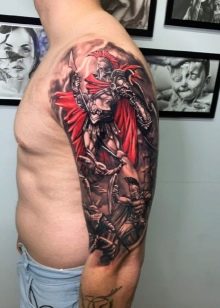
- Goddess Fortune. A tattoo with a beautiful ancient Roman goddess is a talisman that brings good luck and good luck to the wearer. Goddess Fortune helps the wearer of the underwear to achieve material well-being, prosperity and family happiness.


Body designs with Latin phrases and Roman numerals are suitable for both women and men. Illustrations with legionnaires are more aggressive, so they are most often chosen by representatives of the stronger sex.
In general, the Roman theme is not tied to a particular gender, therefore, if desired, a girl can also get a tattoo with a god of war or an ancient warrior, and a man can choose a tattoo with a beautiful goddess of luck.

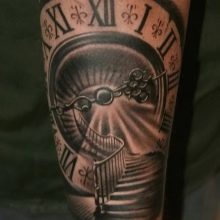
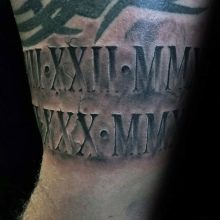
Places of application
The location of the tattoo depends on its size, because a small sketch will be lost over a large area of the back, and a large drawing with a complex plot will be difficult to see if it is applied around the arm. We suggest that you familiarize yourself with the successful areas for tattooing, depending on the area of the sketch.
- Miniature tattoos. For small designs such as Roman numeral dates, Latin phrases, or laurel wreaths, fingers, wrist, hand, and forearm are suitable. The tattoo will look beautiful under the collarbone, on the back of the head and on the neck under the ear.Especially courageous people sometimes put a tattoo directly on their face - in this case, the image will attract the maximum attention of the people around.
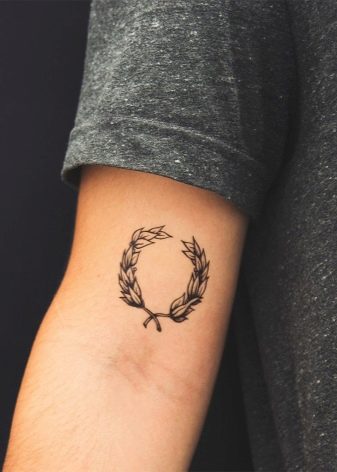

- Medium sized sketches. Medium-sized illustrations include helmets, warrior faces, full-length legionnaires, and deities. Good places for such drawings are shoulders, chest, shoulder blades and hips.
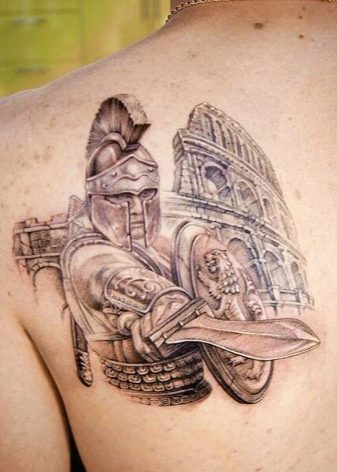

- Large wearable designs. Large tattoos are epic scenes of battles between warriors and mythical monsters, as well as legionnaires or deities, made in a realistic style.


A large sketch is best applied to the back - it will be convenient to examine it over a large area, and not a single detail of the plot will be lost.
